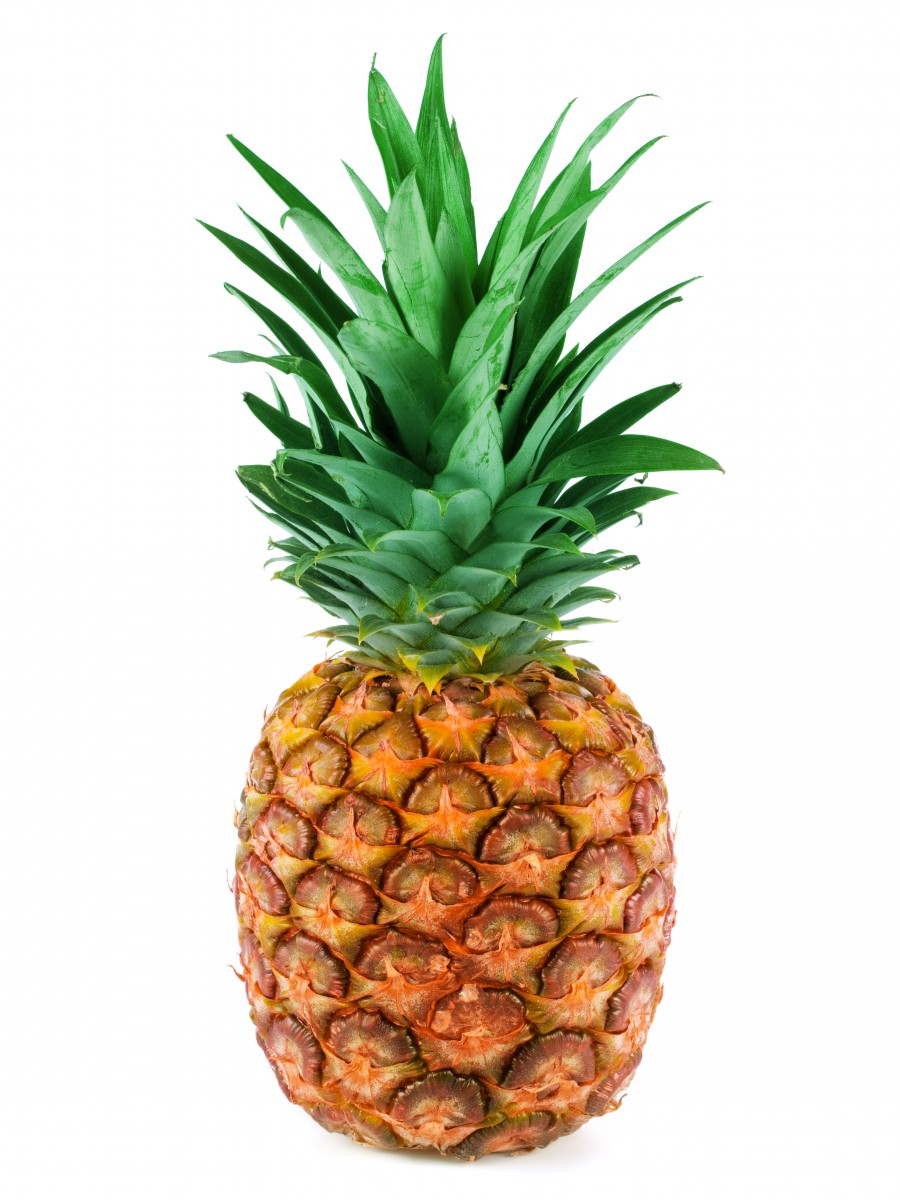Maryborough pineapple trial probes controlled release fertiliser benefits.
 The opportunity to improve pineapple production despite reducing fertiliser applications and the time spent on his spraying boom has prompted Maryborough grower Phill Smith to trial controlled release nutrition this season.
The opportunity to improve pineapple production despite reducing fertiliser applications and the time spent on his spraying boom has prompted Maryborough grower Phill Smith to trial controlled release nutrition this season.
Phill and his wife, Kay, grow pineapples over about 16 hectares to the fresh market or to Golden Circle for processing. They also run some cattle.
They grow 7350 (hybrid) and Clone (smooth leaf) varaieties, and achieve two crops from the one planting over a three and a half year period.
Once acre blocks are cultivated to a depth of 35 centimetres, scraped for levelling and fumigated with Rural Telone C-35 to combat nematodes and symphylids prior to planting.
Soil testing is undertaken, with any deficiencies corrected; shooting pineapple tops are dipped in a rooting hormone and phos acid mix to protect the roots prior to planting; and the smiths previously used the Incitec Pivot 77S fertiliser, containing sulphate of potash, as a pre-plant application and again six months later.
Further fertiliser applications, particularly during the good growing season from October to April, could be carried out once a month prior to rainfall events and up until applying ethylene gas about 12 months after planting to induce fruit production. Fertiliser treatments could then continue up until 16-18 months after planting.
In more recent times, the Smiths have followed the pre-plant fertiliser with two applications spaced six weeks apart and each comprising 50 kilograms/ha of nitrogen, 50kg/ha of potassium and 10kg/ha of magnesium.
Leaf analysis is used to adjust some fertiliser applications and Phill said he irrigates crops about four weeks before picking to give them a boost.
He is coordinating the controlled release nutrition trial on their property with Barmac Area Sales Managaer Wayne Muller, using the company's Ferticote blend.
|
Phill, Peter and Wayne sample some of the quality pineapples at the Smith's property. |
Wayne said Ferticote already was being used by some growers in the Yeppoon area, with the aim to fill plants out prior to treatment with the ethylene gas.
"They want to get a bigger plant before the natural flowering. The flowers set up the fruit size, so they want to get bigger plants and flowers, to then pick bigger fruit".
The trial on the Smith's property features their traditional fertiliser applications spaced six weeks apart after the pre-plant application. Pineapple tops dipped in phos acid and grown on the Incitec Pivot 77S fertiliser. Similar plants grown on the Ferticote blend applied at an equivalent of 580kg/ha. and a similar application with plants dipped in the phos acid and rooting hormone mix. There is also a row where no pre-plant or additional fertilisers have been applied, providing a comparison with the other treatments.
The particular Ferticote blend is an eight-month controlled release fertiliser and plants in these plots have also received an application of 25kg/ha of nitrogen, 25kg/ha of potassium and 5kg/ha of magnesium.Phill said he was also carrying out a liquid application of nitrogen, phosphorus, potassium, iron, zinc and magnesium over the whole trial area.
"the Ferticote has done its job and we will now see how things go", Phill said.
"The Ferticote area has a lot less fertiliser. We will do a leaf sample and see where we are heading towards harvest in November".
Wayne also mentioned Ferticote also was being used by growers because it offered almost nil nitrogen leaching, helping to prevent any impact through to the Great Barrier Reef.
| Haifa Queensland Regional Agronomist Peter Anderson, Maryborough pineapple grower Phill Smith and Barmac Area Sales Manager Wayne Muller, checking out plants treated with a Ferticote controlled release fertiliser blend in the trial area on the Smith's property. |
Haifa Queensland Regional Agronomist Peter Anderson said it was significant that a lot less upfront fertiliser was applied in the Ferticote treated area compared with the Smith's normal pre-plant application.
"there is also a lot less fertiliser being lost. Growers can lose a lot of nitrogen ferom fertiliser applications", Peter said.
Barmac's ferticote products use Haifa's Multicote controlled release technology to ensure grower's receive the highest quality ingredients in the blends. The Multicote technology incorporates unique polymer coating that allows a slow, continuous release of dissolved nutrients to the root zone at a soil media temperature of 21 degrees.
As soil warms up, the release rate increases consistent with plant's growth rate and nutrient consumption. Other factors such as microbial activity and soil moisture do not affect the release rate.





